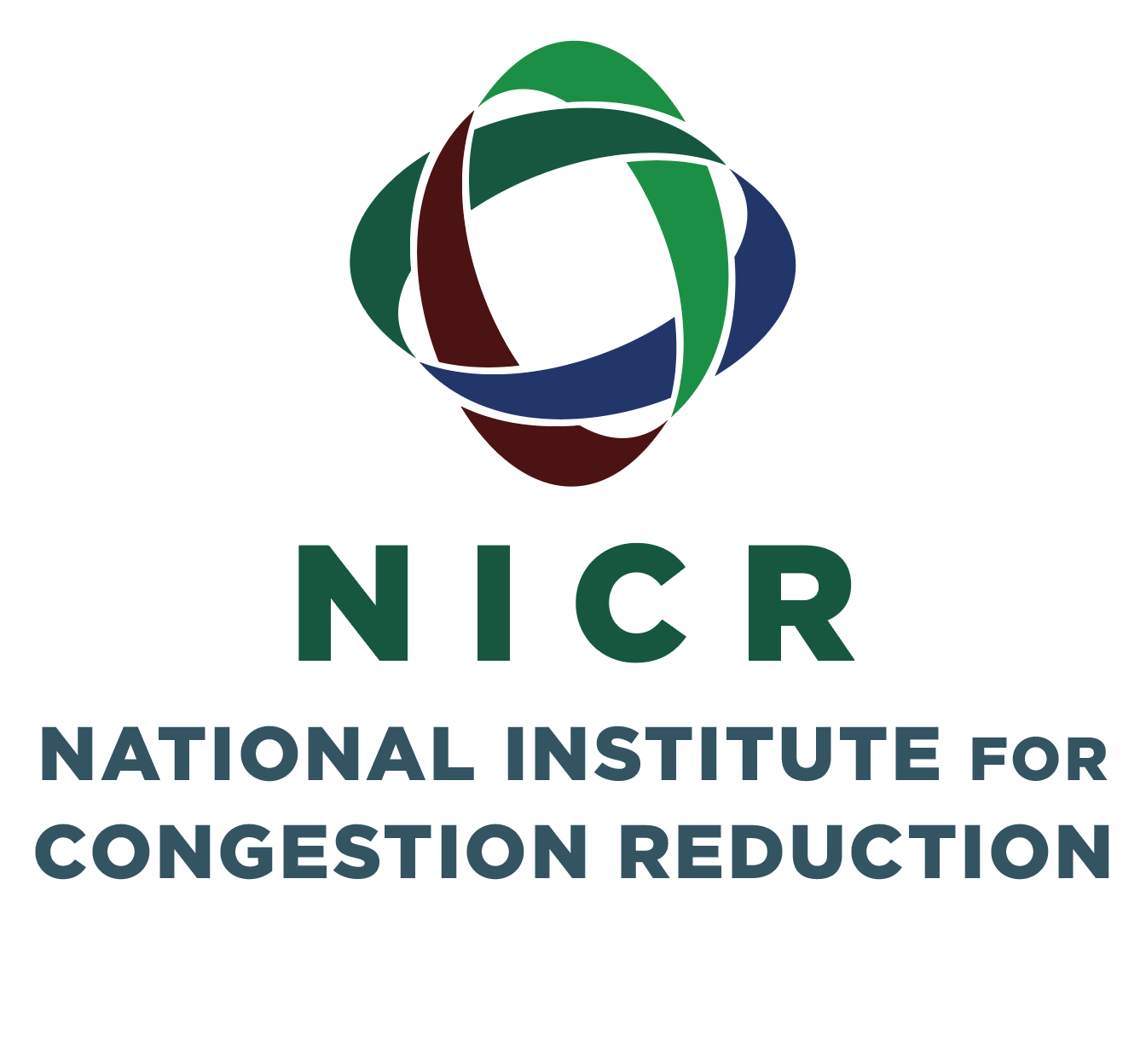Document Type
Article
Publication Date
10-28-2022
Keywords
Network Traffic Congestion, Oversaturated Network Traffic, Network Traffic Control, Signal Coordination
Digital Object Identifier (DOI)
https://doi.org/10.5038/CUTR-NICR-Y1-1-2.2
Abstract
Two new synchronization strategies are developed for signalized grids of two-directional streets. Both strategies are found to reduce congestion significantly more than do other approaches. One of the strategies is static and the other adaptive. Both use a common timing pattern for all signals on the grid but use a different offset for each. The static strategy serves the morning rush by providing perfect forward progression on all streets in the directions that point toward a reference intersection, one that is located near the center of gravity of all workplaces. For the evening rush, perfect progression is achieved for all travel directions that point away from the reference intersection. The adaptive strategy toggles between this forward synchronization mode and a second mode suited for congestion, but only in a pre- determined district surrounding the reference intersection. Toggling is based on the district’s real-time traffic density.
Scholar Commons Citation
Sadek, Bassel; Godier, Jean Doig; Cassidy, Michael J.; and Daganzo, Carlos F., "Traffic Signal Plans to Decongest Street Grids" (2022). Research Reports. 15.
https://digitalcommons.usf.edu/cutr_nicr/15
Policy Brief


